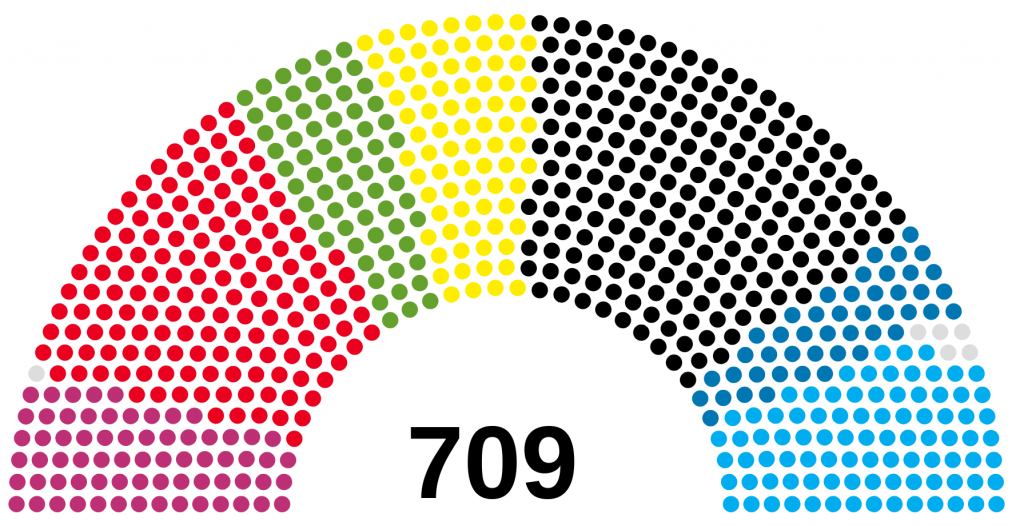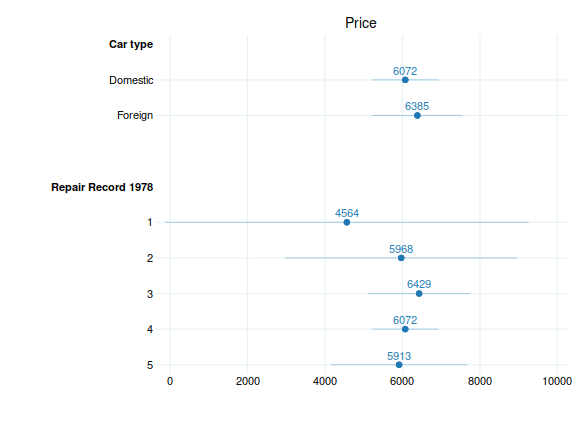With the upcoming German federal elections, I decided to make important changes to btmembers, my R package to import data on all members of the Bundestag since 1949.

You can find more information about btmembers here. The CSV data is available here and the codebook here.
Version 0.1.0 changes the default behavior of the function import_members().
- By default,
import_members()now returns a list containing four data frames (namen,bio,wp, andinst), which together preserve all the information contained in the XML file provided by the Bundestag. - If
import_members()is called with the argumentcondensed_df = TRUE, the function will return a condensed data frame. Each row corresponds to a member-term. Most of the information contained in the original data is preserved except only the most recent name of the member is retained and institutions are removed. A new column namedfraktionis added to the data.fraktionis a recoded variable and refers to the faction the member spent most time in during a given parliamentary term. - The performance of
import_members()has been improved by the integration of tidyr unnest functions. - The package does not come preloaded with the data anymore but uses GitHub to store the pre-processed data. This facilitates updates and will make the integration of GitHub Actions possible in the future.
update_available()has been deprecated.
These changes give users the possibility to reorganize the data as they wish and make the package faster and more robust.
